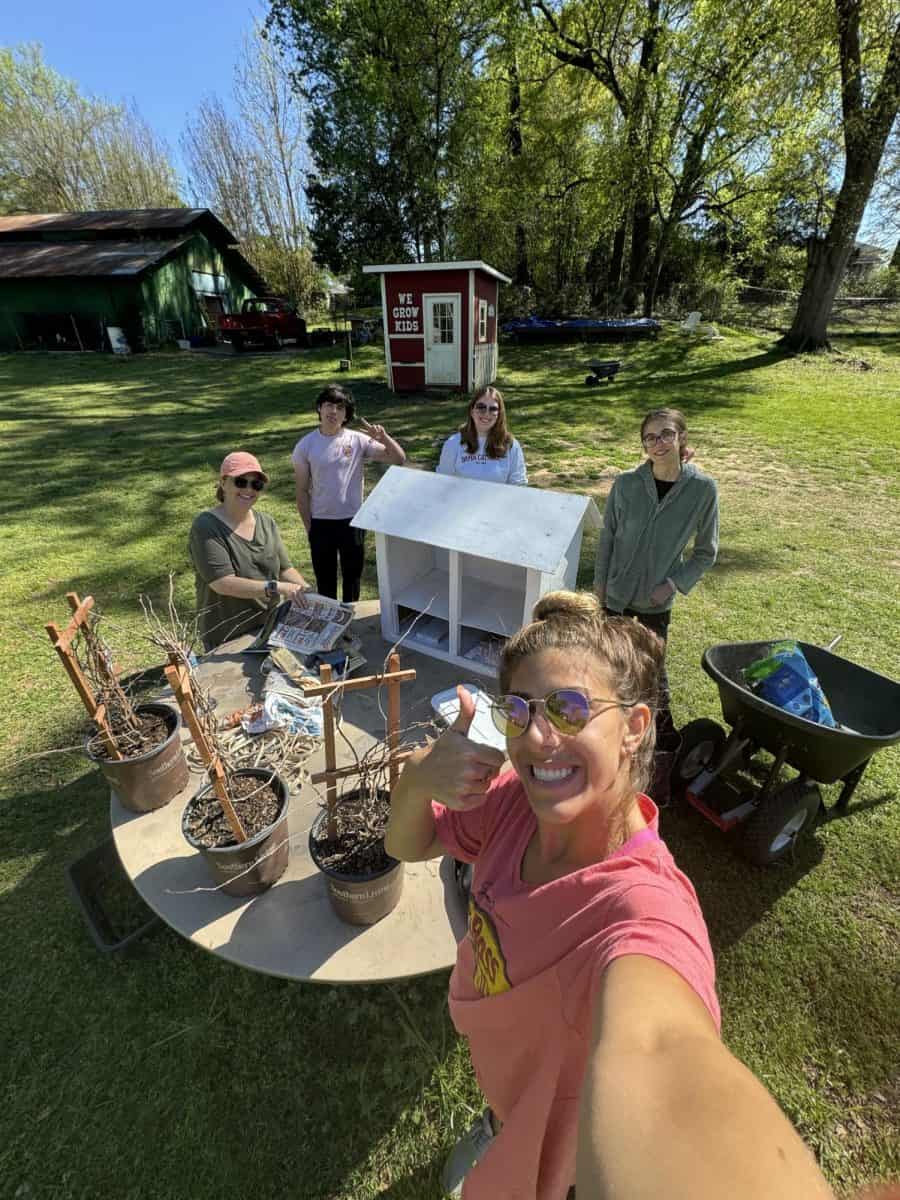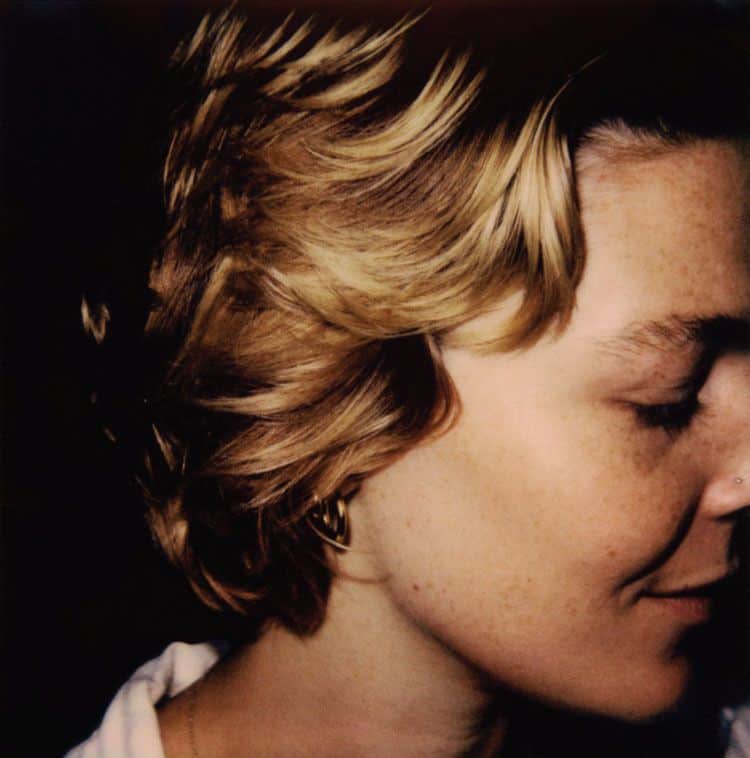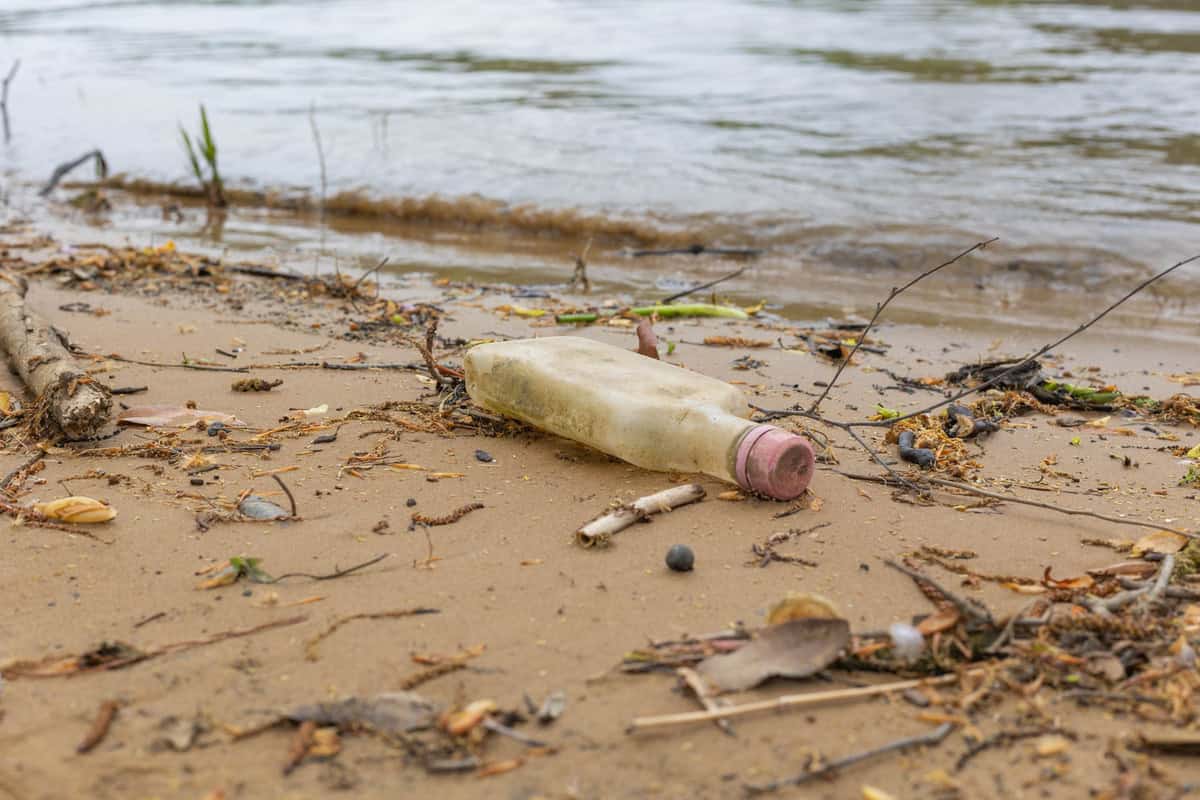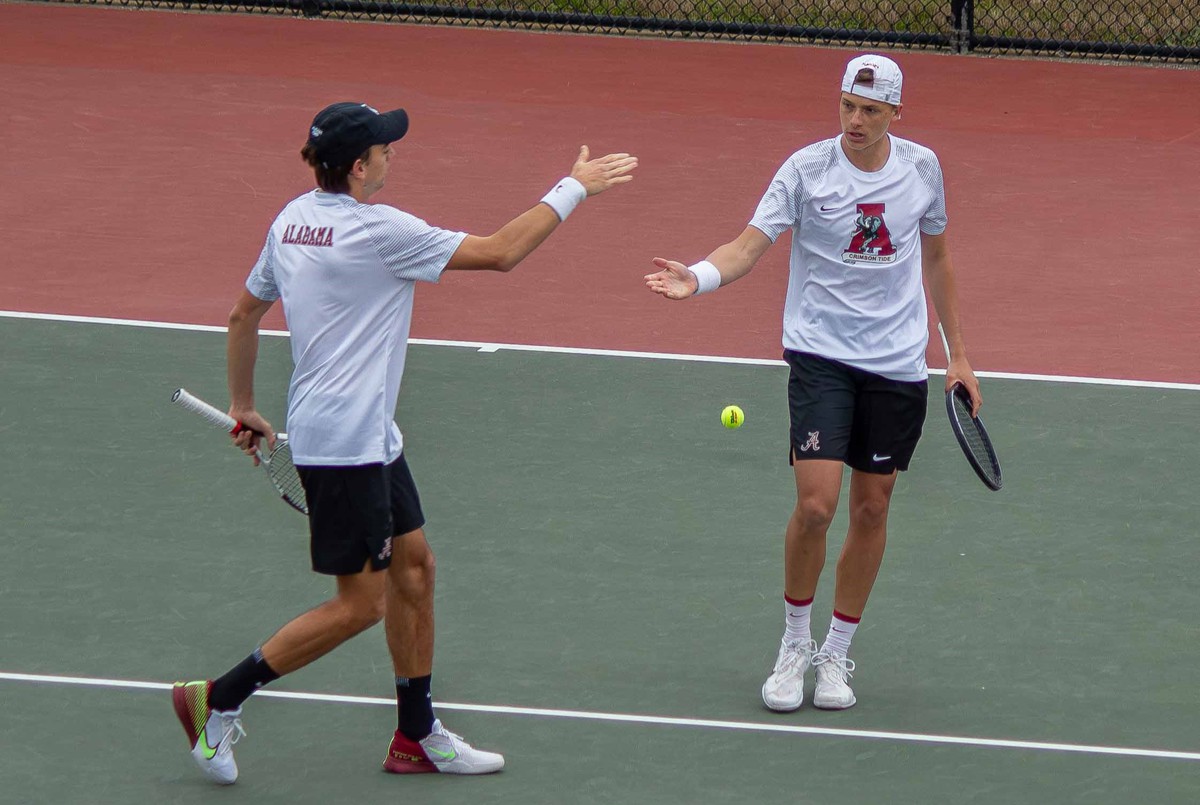When asked about her work with the University of Alabama Natural Resource Conservation Lab, geography graduate student Jayla Blanke described a simple yet profound motivation.
“I enjoy trying to find explanations for changes to an environment through data analysis,” Blanke said. “I think of it like problem solving in reverse.”
It’s a remarkably concise way of capturing the lab’s mission. The methodology can be complex, and it would be a disservice to water down what is very skilled and dedicated work, but at the heart of it all is a noble goal: figuring out what’s hurting the natural world and finding ways to stop it.
At the helm of the lab is Michael K. Steinberg, a professor of geography with research areas including cultural ecology, biogeography and endangered species. With a bevy of experience and a wide expanse of knowledge, Steinberg exemplifies the motivation and aptitude one would look for in the leader of such an important organization.
Passion for his work seeps through seemingly everything Steinberg does. In the academic scene, he is an inquisitive and highly driven explorer; Blanke spoke of his unmistakable devotion when doing field work, and fellow geography graduate student Sophie Williams attested to his “incredibly infectious energy” and “calm sense of curiosity.”
“Dr. Steinberg is an amazing teacher and mentor, and I feel lucky to be a member of the lab,” Williams said. “I come away from every meeting we have feeling excited about what I’m doing.”
Steinberg’s love for the natural isn’t only evidenced by his behavior in a classroom or research lab. Perhaps the most authentic and endearing sign of his affection is the time he spends in the outside world. It isn’t all fieldwork and observation — he displays an element of youthful wonder from simply being in nature.
“Even as a kid I was really interested in birds, plants, snakes, etc.,” Steinberg wrote. “I roamed the woods and streams. … I [was] never inside on a computer or phone. As I got older and went to college, I just gravitated to anything outdoors.”
This isn’t just romantic hearsay. If one looks at Steinberg’s day-to-day life or peruses his social media, such gravitation toward the outdoors is unmissable. One can find him taking pictures with massive tarpon, fly-fishing off the end of johnboats or simply basking in the vibrance of tree-canopied rivers.
Even his indoor activities are rooted in nature, whether it be giving research talks or representing the magazine for which he is an editor at large, Southern Culture on the Fly, at a fly-fishing show.
His academic accomplishments should be telling enough: In addition to a doctorate from LSU, he has published books on a range of topics within the field, including brook trout pilgrimages and the supposedly extinct ivory-billed woodpecker. If that weren’t sufficient, his earnest, recreational affinity for the outdoors affirms his credibility.
It also provides a solid foundation for the work of the Natural Resource Conservation Lab. As Blanke detailed — and in line with Steinberg’s passion for nature — the lab is rooted in protecting the environment by pinpointing its threats.
“Mostly what I do these days is ‘conservation mapping,’” Steinberg wrote. This involves using spatial technology like satellite imaging to map crucial conservation areas. “These include mangroves, sea grass, coral reefs — anything that resources managers need mapped to better manage and protect them.”
He boiled it down to terms that resonate: “We can’t really protect plants, forests or, animals if we don’t know where they are and the threats they face.”
The lab’s website instances many of the specific research projects that are currently at work. They are numerous and diverse; the lab is involved with Cuba fisheries in Ciénaga de Zapata National Park, red-cockaded woodpecker management in the Talladega National Forest, mangrove mapping in Mexico and sea turtle nesting in Belize, among many other activities.
Being part of the organization also entails interdisciplinary courses emphasizing experiential and hands-on learning. Like the lab’s research projects, the list of courses is long and colorful, with the lab’s website featuring the likes of “Belize Field Conservation,” “The Arts and Science of Fly Fishing” and “Environmental Literature.” Steinberg even forecast a planned future course in which students would travel to Spain to study its “culture, environment and wine growing.”
This wide array of educational and research opportunities should, beyond garnering appreciation from the geography casual, inspire those with genuine interest to consider joining.
The benefits are twofold. On one hand, it equips students for careers in environmental conservation, building skills in spatial analytical tools and technology. On the other, it bestows a high amount of intellectual freedom; according to Blanke, Steinberg grants his protégés freedom to follow their passions. Both Blanke and Williams wrote at length about their respective projects, exuding a zeal that came from being at liberty to follow their desired paths of exploration.
These individual strengths make for a venerable whole. Whether one resides outside the field or is a geography student with prospective interests, the lab is an admirable example of environmental protection infused with genuine care for the natural world. Led by a thoroughly knowledgeable lover of nature and housing limitless curiosity, it thrives on finding threats to nature so that they can be eliminated.
As Blanke put it, “conservation is about mitigating anthropogenic threats to the natural environment.”
In simpler terms, it’s about putting a halt to human-driven damage to the world of nature. At the Natural Resource Conservation lab, Steinberg and his students are using that reverse problem-solving to progress toward this goal, one impactful and deeply motivated step at a time.













